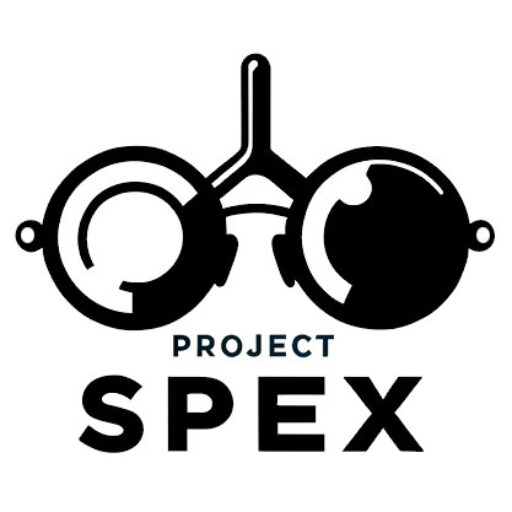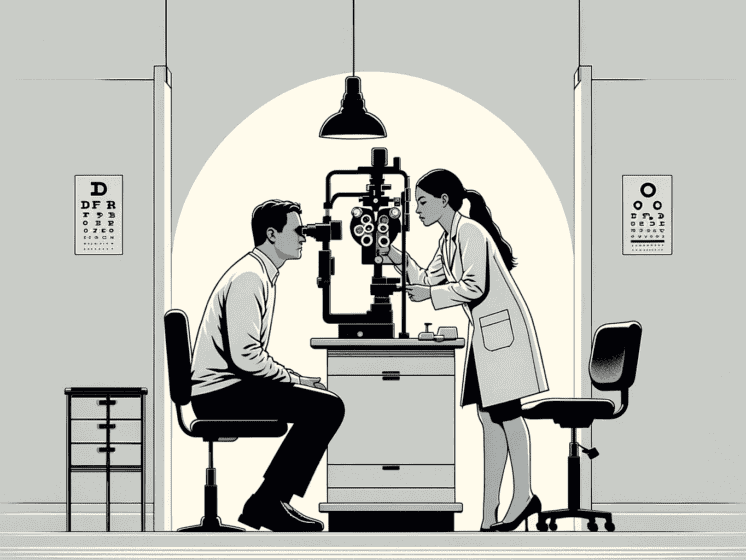Keeping your vision sharp is important, but regular eye exams do more than just ensure you can see clearly. An eye exam can also serve as a window into your overall health. Eye doctors can detect various health conditions that may not show other obvious symptoms, making it a good idea to regularly check your prescription.
How Often Should I Have an Eye Exam?
For most people, it’s recommend to have an exam every one to two years. For those with specific health concerns, such as diabetes or high blood pressure, or individuals who are over 40, annual exams may be necessary. Children should also have frequent exams since their vision can change rapidly as they grow.
Even if you don’t notice any changes in your vision, regular eye exams can catch minor shifts in your prescription and, more importantly, identify underlying health issues early.
What Are the Signs That You Need to Update Your Prescription?
Common signs that your prescription may need updating include blurry vision, difficulty focusing, frequent headaches, and eye strain. You might find yourself squinting or struggling to see things at distances that were previously clear. Eye doctors encourage patients to be mindful of these changes because an outdated prescription doesn’t just affect vision—it can impact overall well-being.
Can Eye Exams Help Detect Other Health Issues?
Yes, your eye doctor isn’t just checking your vision—they’re also looking for signs of various health problems that can affect your eyes and overall health. Eye exams are one of the few health checks where early warning signs for a variety of serious conditions can be detected. While people often think of the eyes purely in terms of vision, the health of the eyes can reflect broader systemic issues. The retina, in particular, is a key area for revealing clues about conditions that affect the blood vessels, nerves, and overall circulation. Here are some of the key conditions that routine eye exams can help detect:
1. Diabetes
One of the most significant reasons to have regular eye exams is that optometrists can detect early signs of diabetes. Diabetic retinopathy, a condition that affects the blood vessels in the retina, is often one of the first indicators of diabetes. During an eye exam, your eye doctor may notice changes in the blood vessels, such as leakage or swelling, which could point to undiagnosed or poorly managed diabetes.
2. High Blood Pressure
High blood pressure (hypertension) can also cause changes in the blood vessels in the eyes. Over time, elevated blood pressure can lead to hypertensive retinopathy, which damages the retina. This can cause vision loss if left untreated, but the good news is that an eye doctor can spot early signs of hypertension during a routine exam.
3. High Cholesterol
Deposits of cholesterol can sometimes be visible in the blood vessels of the eyes during an exam. If your optometrist notices signs of fatty deposits or narrowing of the blood vessels, it could be an indication that your cholesterol levels are high, prompting further medical evaluation.
4. Autoimmune Diseases
Certain autoimmune diseases, such as lupus or multiple sclerosis, can affect the eyes. Inflammation or nerve damage caused by these conditions can be detected during an eye exam, often before other symptoms become apparent.
5. Thyroid Disease
Thyroid disorders, particularly hyperthyroidism, can lead to noticeable changes in the eyes, such as bulging or swelling around the eye area. Optometrists are trained to spot these signs, which can lead to early diagnosis and treatment of thyroid conditions.
What Happens If I Don’t Update My Prescription?
Wearing an outdated prescription can lead to frequent headaches, neck pain, and overall discomfort. Your eyes may feel tired more often, and you might struggle with tasks like reading, driving, or working at a computer.
If you wear contact lenses, not updating your prescription can increase the risk of eye infections or other complications. Contact lenses that no longer fit properly or correct your vision adequately can cause eye strain or even damage the cornea.
Regular updates to your prescription keep your vision clear, reduce eye strain, and allow your eye doctor to keep an eye on your overall health.
Why Children Should Have Their Prescription Checked Regularly
For children, regular eye exams are crucial. Their vision can change rapidly, and uncorrected vision problems can impact their learning and development. Children might not always realize they have a vision issue, so it’s up to parents and guardians to watch for signs such as squinting, difficulty reading, or complaints of blurry vision. Regular check-ups ensure that any changes in their prescription are addressed quickly, helping them see clearly.
Getting your prescription checked regularly is more than just about seeing clearly—it’s about maintaining your overall health. From diabetes to high blood pressure, many health conditions can be detected through a simple eye exam. So, the next time you wonder when you should update your prescription, remember that a visit to your eye doctor can help ensure that both your vision and your health are well looked after.
Discover independent eyewear with Project Spex. Every Friday, we deliver the latest in collectible eyewear and your favorite independent designers.
Sign up now and never miss a thing!
About The Author:

Will Benjamin is an advocate for independent eyewear and one of the driving forces behind Project Spex. With a passion for unique, collectible, and limited-edition eyewear, Will aims to inspire people to build their own collections through Project Spex, while supporting the success of independent opticals.


